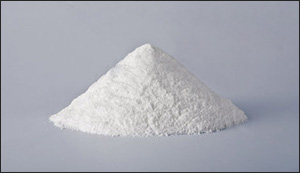A New Kind of Eco-Friendly Concrete Inspired by Coral
9. 9. 2015 | Wired | www.wired.com
Concrete is the most popular building material in the world. Construction teams use twice as much of it as all other building materials combined - wood, steel, plastic, aluminum - and for good reason.
It’s strong, durable, weather and fire resistant, and pretty cheap. The catch: The process of making cement - one of the main ingredients for concrete - is responsible for about six percent of all man-made carbon dioxide emissions. So, yeah, it’d be pretty sweet if you could create a cement substitute that uses carbon dioxide as a raw building material. And that’s what a company called Calera is trying to do - inspired by corals.

The oceans are huge carbon dioxide sinks, pulling in enormous quantities of the gas from the atmosphere. Corals can use some of that dissolved carbon dioxide, called carbonate, to build the largest biological structures on earth. Think of corals in two parts: the animal - the actual coral polyp - on top, and the skeleton on the bottom. In between those exists a tiny space filled with fluid. Here, corals control their own little microenvironment, manipulating the pH of the fluid to make it more basic. When calcium and carbonate meet in these conditions, they crystallize into the skeleton.
Using the same process as corals, Calera captures carbon dioxide gas and dissolves it in water with other compounds to make calcium carbonate. Once the calcium carbonate is made, the carbon dioxide can be stored indefinitely.
Read more at Wired
Image Credit: Calera
-jk-




